Name: Antarctic Petrel (Thalassoica antarctica)
Length: 42 cm.
Weight: 675 grams.
Location: Antarctica
Conservation status: Least Concern.
Diet: Krill, squid, fish.
Appearance: Dark brown head, back, forward wings, and tail tip. White on the aft of their wings, undersides, and rump before tail feathers begin. Black hooked bill. Yellow feet.
How do Antarctic Petrels feed?
Antarctic Petrels primarily feed while swimming but occasionally dive.
Are Antarctic Petrels social?
They nest in densely packed colonies and can be found in large flocks resting on icebergs during the off-breeding season.
How fast do Antarctic Petrels fly?
They typically fly at speeds between 15 and 20 meters per second.
What are Antarctic Petrel birthing rituals like?
Nests are usually located on coasts or islands, sometimes as far as 250 km inland, on snow-free rock faces or cliffs. There are about 35 known colonies, with the densest containing around 225,000 breeding pairs. Females outnumber males, and some unsuccessful females gain experience by helping successful breeders. One egg is laid in late November, with a two-month incubation. Adults take turns caring for the chick, which fledges around early March.
How long do Antarctic Petrels live?
They live approximately 15 to 20 years.
How many Antarctic Petrels are there today?
The population is estimated to be between 10 and 20 million adults.
Do Antarctic Petrels have any natural predators?
Their eggs and young are preyed upon by South Polar Skuas.
7 Attractive Antarctic Petrel Facts
- They are the only species in the genus Thalassoica.
- They produce a foul-smelling stomach oil used for self-feeding, feeding young, or spraying at predators.
- A gland above their nasal passage excretes saline to manage extra salt intake.
- The name "Petrel" references Saint Peter, as they "run" on water during take-off.
- They are one of the most southerly nesting birds in the world.
- During winter, they can be seen as far north as Australia and New Zealand.
- They have elongated nostrils, indicating a well-developed sense of smell, uncommon in birds.




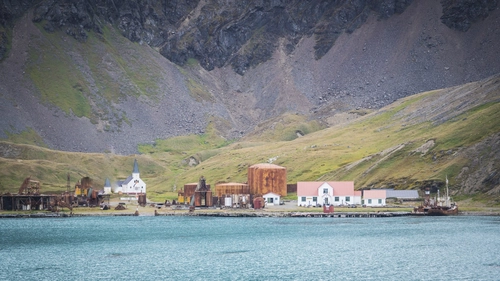

Related Trips


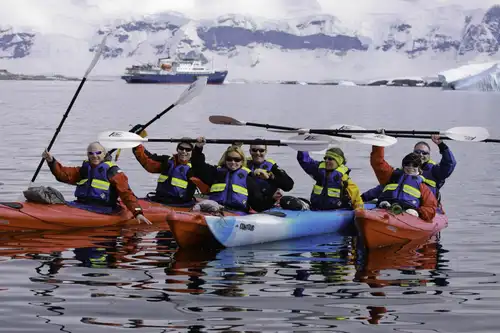
A Day of Basecamp in Antarctica – Paradise Harbour

Port Lockroy: History, Post Office, and Resident Penguins
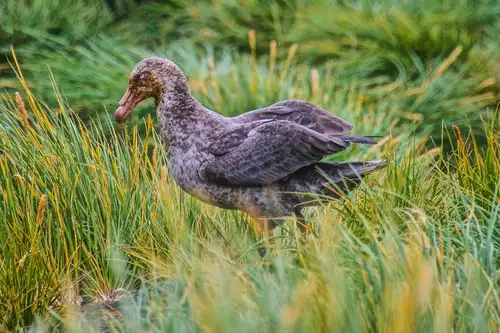
The Giant Petrels of King George Island
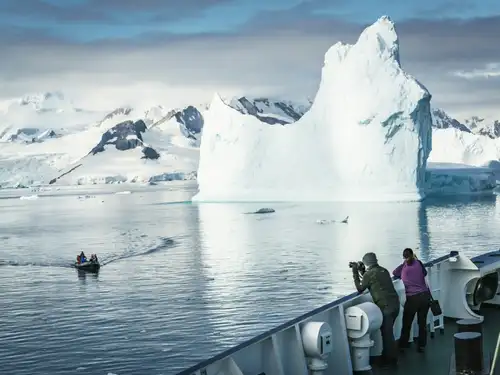
The Classic Polar Cruise: Antarctic Peninsula Facts, Pics, and More
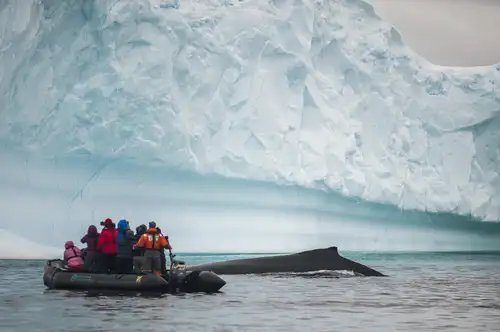
A Day of Whale Watching in Antarctica
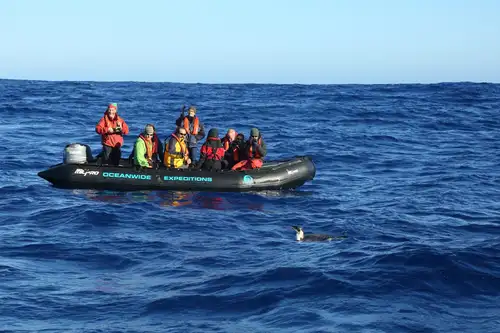
The Emperor Penguin of the Drake Passage
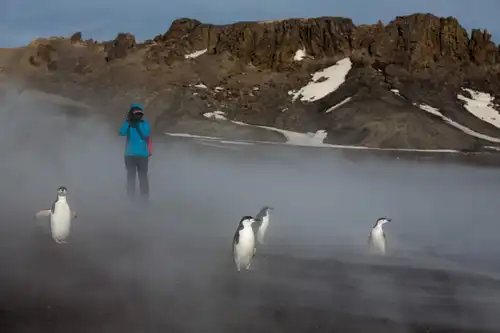
Graham Land: A landscape dominated by volcanoes
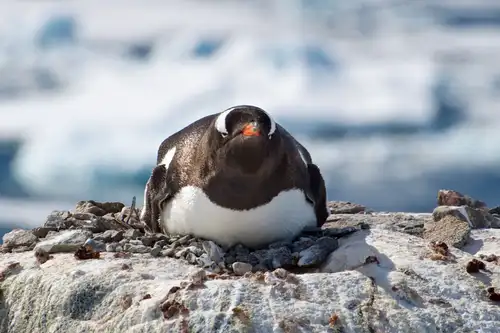
Life in a Penguin Colony
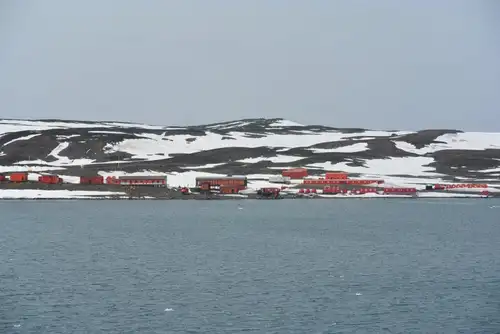
Living the Antarctic Dream

The Wildlife of Antarctica’s Seas and Skies
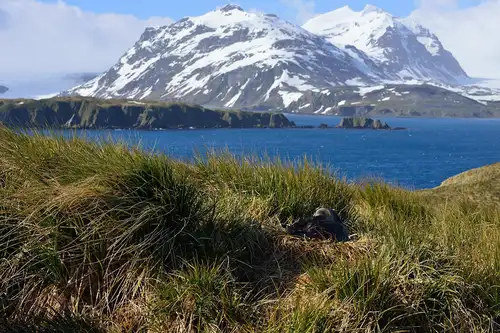
Flowers in Antarctica
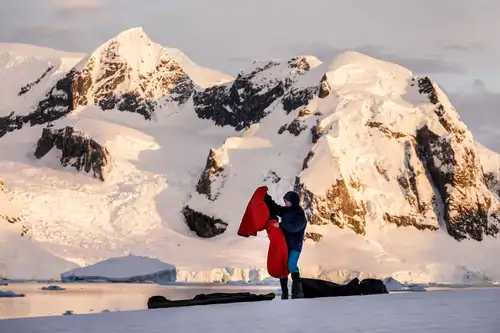
Camping in Antarctica: a True Expedition Experience
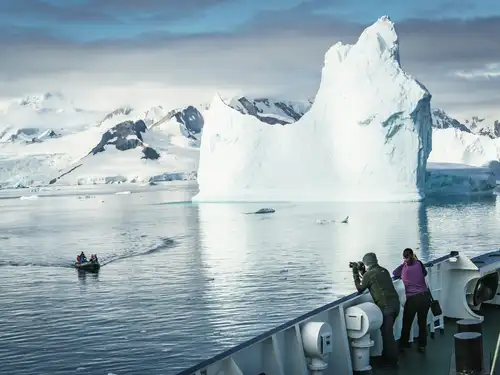



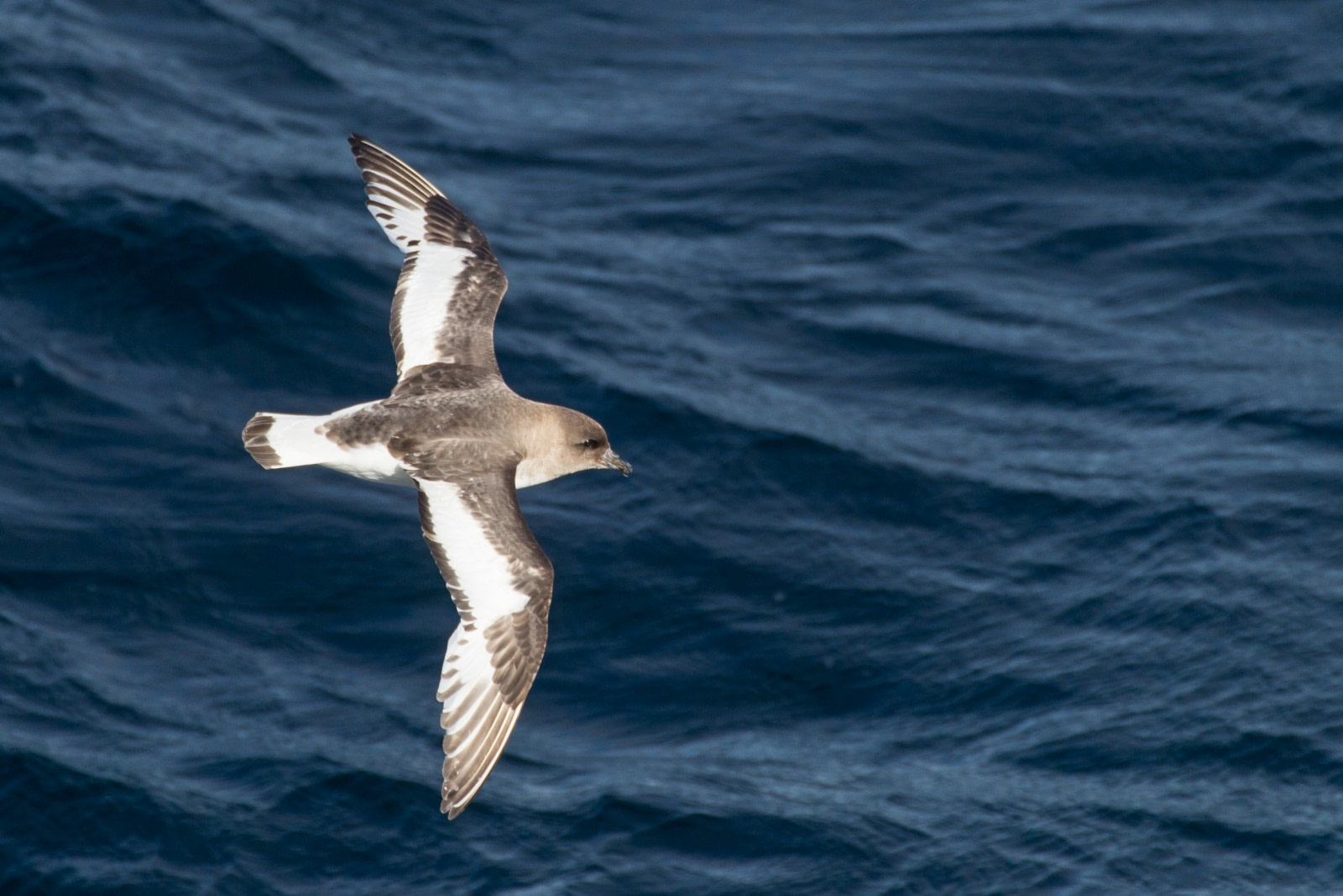

 11 Days / 10 Nights
11 Days / 10 Nights





